In today’s rapidly changing insurance sector, the focus on managing the human side of risk has never been more important. Insurance now extends beyond policies and claims—it is about fostering a culture of safety, building long-term trust, and enhancing collaboration between insurers and their clients. A well-structured service plan that tackles these human elements can create significant benefits for both insurers and insureds, leading to a win-win scenario.
Risk Control Technologies (RCT) explains the role of risk service plans in insurance.
A key advantage of a comprehensive service plan is its ability to cultivate a strong safety culture within the insured organisation.
By integrating a holistic risk management strategy that includes regular employee training, continuous risk assessments, and proactive safety recommendations, insurers can help their clients adopt a more safety-conscious mindset.
This shift not only decreases the chances of accidents or claims but also encourages employees to take personal responsibility for maintaining a safe working environment. Ultimately, this leads to a stronger risk profile for the insured, which can result in fewer claims and potentially reduced insurance premiums.
Managing risk with transparency
Trust is another crucial outcome, particularly in an industry where customer perceptions of insurers are often less than favourable.
When insurers engage actively with clients to manage risk through a forward-thinking service plan, it demonstrates a commitment to the client’s long-term success, rather than a focus on short-term financial gains.
This trust is further solidified by transparent, consistent communication, where insurers provide insights on how risks are managed and how these efforts impact coverage and premiums.
In the insurance industry, trust can directly translate to better customer retention and overall satisfaction. Loss Control teams are a perfect example of how insurers can foster this trust while working with policyholders.
One customer of RCT discovered that a single Loss Control touchpoint led to a 10% increase in average insured retention, while three engagements boosted retention by an impressive 25%.
Moving from transactional to a collaborative approach
Furthermore, the collaborative nature of service planning allows insurers and insureds to work together more effectively.
Instead of a traditional transactional relationship, both parties engage in risk mitigation, forming a partnership.
This approach enables more informed decision-making, as insurers leverage data from loss control activities to provide tailored recommendations, while insureds offer practical, on-the-ground insights that help refine risk management strategies.
In summary, service plans that focus on the human aspects of risk management bring multiple benefits.
These include improved safety culture, stronger trust, higher retention, and enhanced collaboration.
Such benefits not only improve risk management outcomes but also strengthen the insurer-client relationship, driving long-term success for both parties.
Read the full blog from Risk Control Technologies here.
Copyright © 2024 InsurTech Analyst


